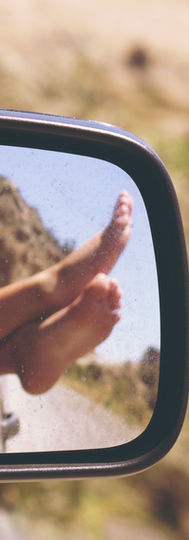GET YOUR
FEET BACK
HUMAN UNDERSTANDING AT THE HIGHEST LEVEL
Show me your feet and I'll tell you what makes you tick - our body can't lie.
Are you structured or do you rather love creative chaos, are you sociable or reserved, spontaneous or deliberate, talented at handicrafts or more theoretical, do you live out your energies or do you adapt, etc.
Our toes and foot shape can tell more about us than we would initially suspect.
EVERY CHANGE ON THE TOES AND THUS ON THE EMOTIONAL LEVEL IS AN INDICATION OF WHAT IS HAPPENING
IN OUR LIFE RIGHT NOW.
Our innermost expresses itself through our body forms, in this context one also speaks of form-forming energies - as in the inside, so in the outside - our body shows what moves us inwardly and the best thing about it is that it cannot lie. The toe analysis is based on ancient knowledge from the Asian region. It gives absolutely value-free information about how we are currently standing in life and also what was going on in life in the past.



















